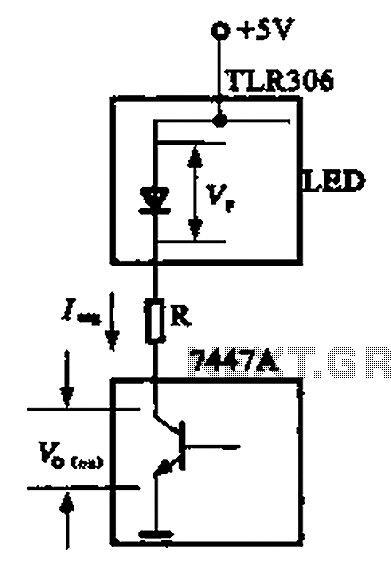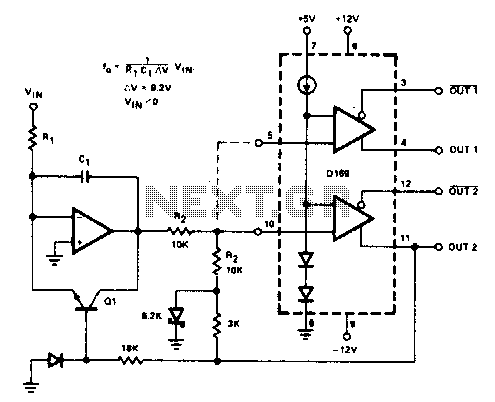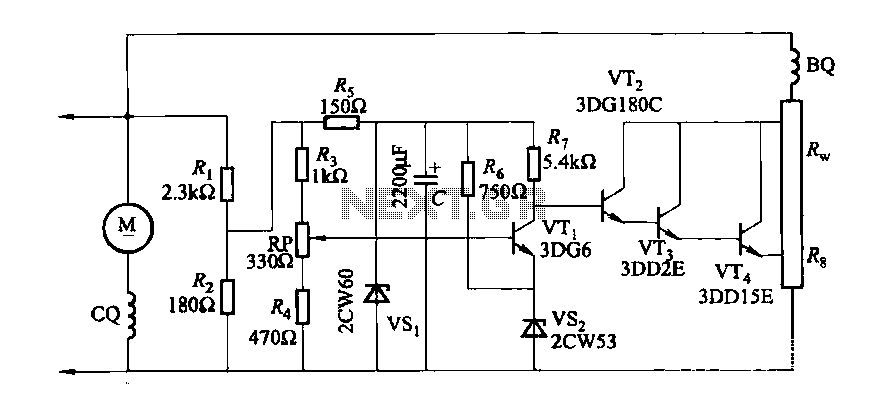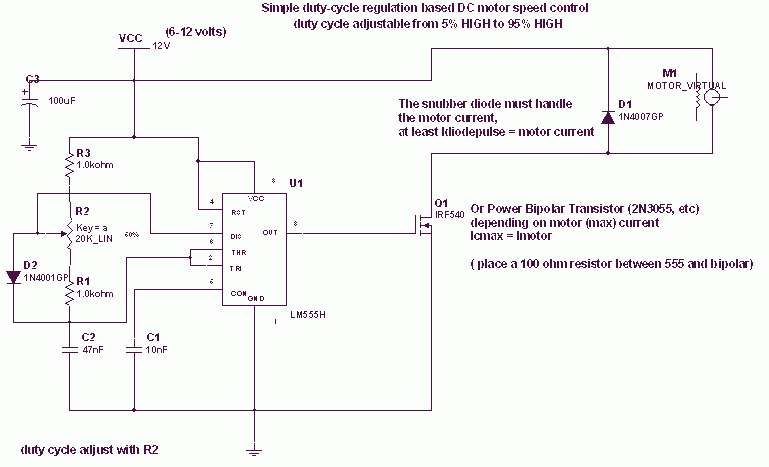
Stepper Motor Driver Carrier with Voltage Regulator

Best 1183 - A4988 Stepper Motor Driver Carrier with Voltage Regulator in Robot Italy. The A4988 stepper motor driver carrier with voltage regulators is a breakout board for Allegro's easy-to-use A4988 microstepping bipolar stepper motor driver. The board has two voltage regulators (5 V and 3.3 V), eliminating the need for separate logic and motor supplies. The driver features adjustable current limiting, overcurrent protection, and five different microstep resolutions. It operates from 8 to 35 V and can deliver up to 2 A per coil.
The A4988 stepper motor driver carrier is designed for controlling bipolar stepper motors in a variety of applications, particularly in robotics and automation. The board integrates the A4988 microstepping driver, which allows for smooth motion and precise control of the motor. The inclusion of two voltage regulators—5 V and 3.3 V—facilitates the powering of both the motor and the logic circuitry from a single power source, streamlining the design process and reducing the number of components required.
Adjustable current limiting is a key feature of the A4988 driver, allowing users to set the maximum current supplied to the motor coils. This is crucial for preventing overheating and ensuring the longevity of the motor. Overcurrent protection further enhances the reliability of the system by shutting down the driver in the event of a fault condition, thereby safeguarding both the driver and the motor.
The A4988 supports five different microstepping resolutions, which include full step, half step, quarter step, eighth step, and sixteenth step. This flexibility enables users to select the appropriate resolution for their specific application, balancing torque and precision. The operating voltage range of 8 to 35 V allows for compatibility with a wide array of power supplies, making it versatile for different setups.
In summary, the A4988 stepper motor driver carrier is an efficient and user-friendly solution for controlling bipolar stepper motors, equipped with essential features such as voltage regulation, current limiting, and microstepping capabilities, making it suitable for a variety of robotic and automation projects.Best 1183 - A4988 Stepper Motor Driver Carrier with Voltage Regulator in Robot Italy The A4988 stepper motor driver carrier with voltage regulators is a breakout board for Allegro s easy-to-use A4988 microstepping bipolar stepper motor driver. The board has two voltage regulators (5 V and 3.3 V), eliminating the need for separate logic and motor supplies.
The driver features adjustable current limiting, overcurrent protection, and five different microstep resolutions. It operates from 8 35 V and can deliver up to 2 A per coil.. 🔗 External reference
The A4988 stepper motor driver carrier is designed for controlling bipolar stepper motors in a variety of applications, particularly in robotics and automation. The board integrates the A4988 microstepping driver, which allows for smooth motion and precise control of the motor. The inclusion of two voltage regulators—5 V and 3.3 V—facilitates the powering of both the motor and the logic circuitry from a single power source, streamlining the design process and reducing the number of components required.
Adjustable current limiting is a key feature of the A4988 driver, allowing users to set the maximum current supplied to the motor coils. This is crucial for preventing overheating and ensuring the longevity of the motor. Overcurrent protection further enhances the reliability of the system by shutting down the driver in the event of a fault condition, thereby safeguarding both the driver and the motor.
The A4988 supports five different microstepping resolutions, which include full step, half step, quarter step, eighth step, and sixteenth step. This flexibility enables users to select the appropriate resolution for their specific application, balancing torque and precision. The operating voltage range of 8 to 35 V allows for compatibility with a wide array of power supplies, making it versatile for different setups.
In summary, the A4988 stepper motor driver carrier is an efficient and user-friendly solution for controlling bipolar stepper motors, equipped with essential features such as voltage regulation, current limiting, and microstepping capabilities, making it suitable for a variety of robotic and automation projects.Best 1183 - A4988 Stepper Motor Driver Carrier with Voltage Regulator in Robot Italy The A4988 stepper motor driver carrier with voltage regulators is a breakout board for Allegro s easy-to-use A4988 microstepping bipolar stepper motor driver. The board has two voltage regulators (5 V and 3.3 V), eliminating the need for separate logic and motor supplies.
The driver features adjustable current limiting, overcurrent protection, and five different microstep resolutions. It operates from 8 35 V and can deliver up to 2 A per coil.. 🔗 External reference





